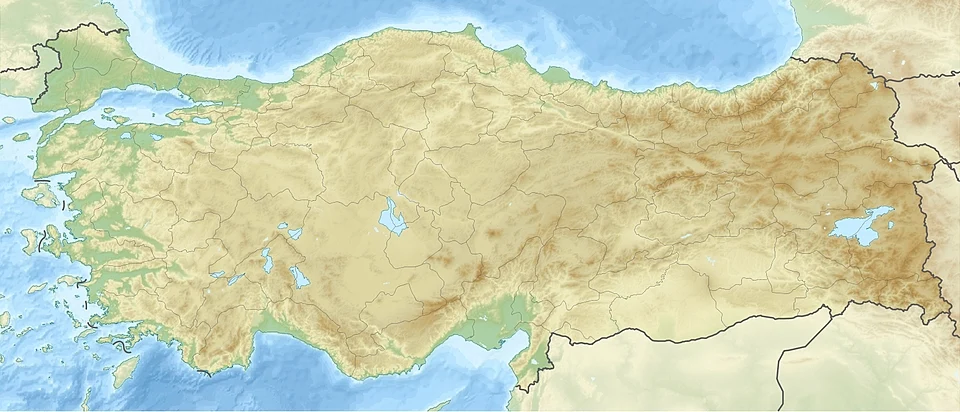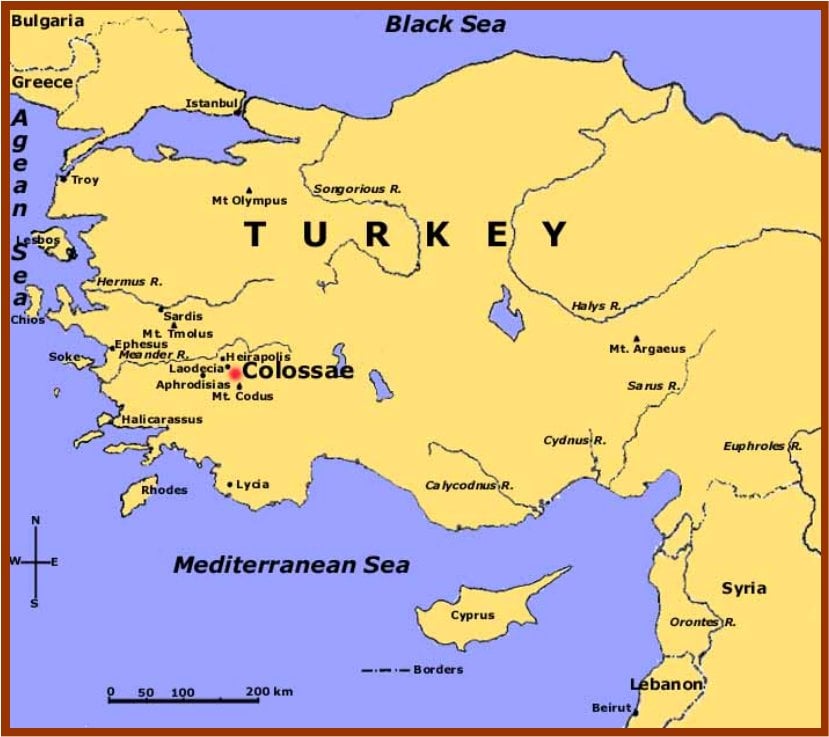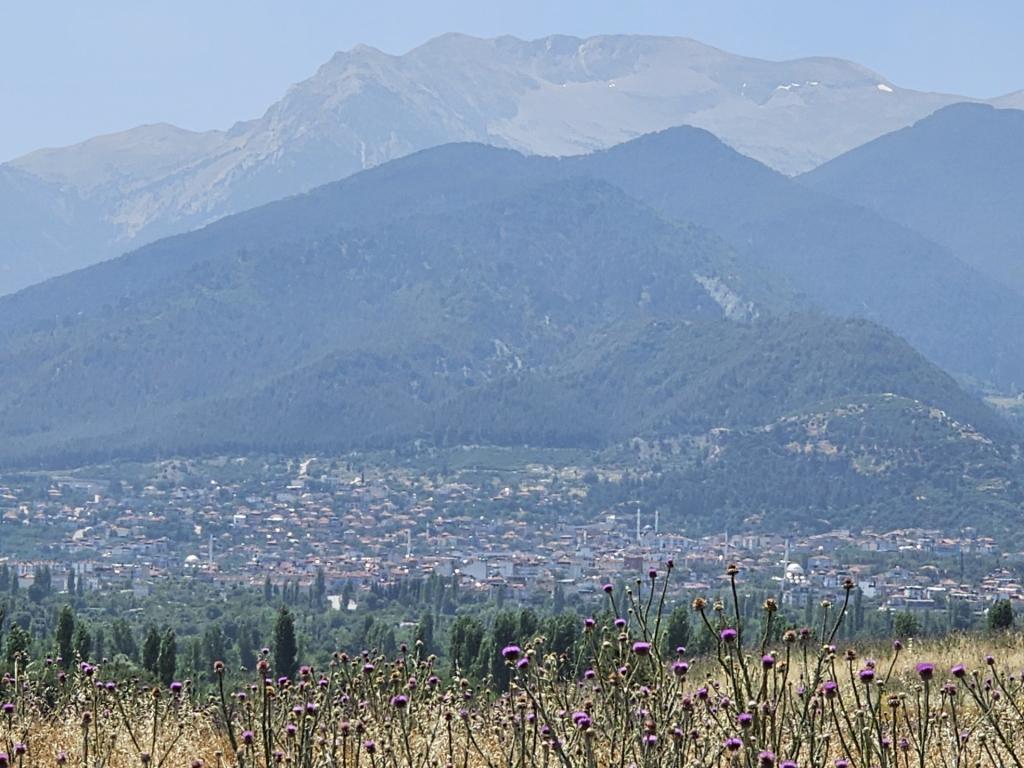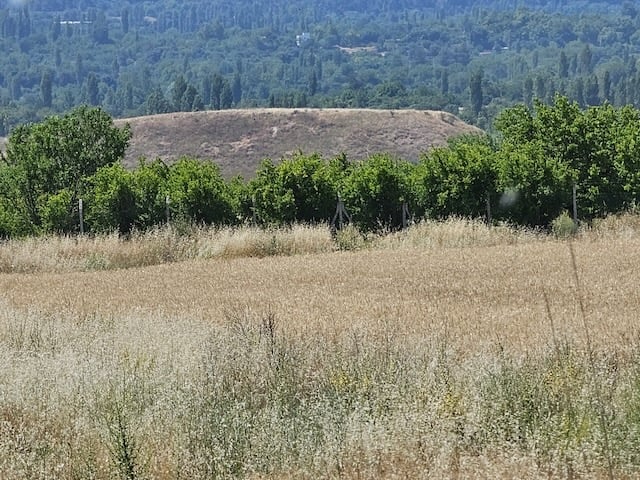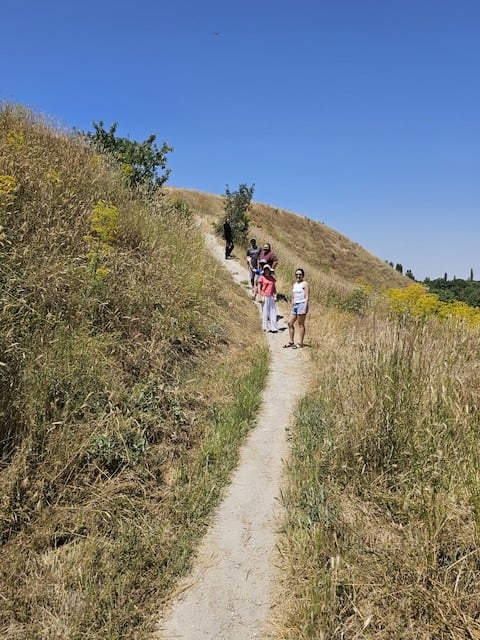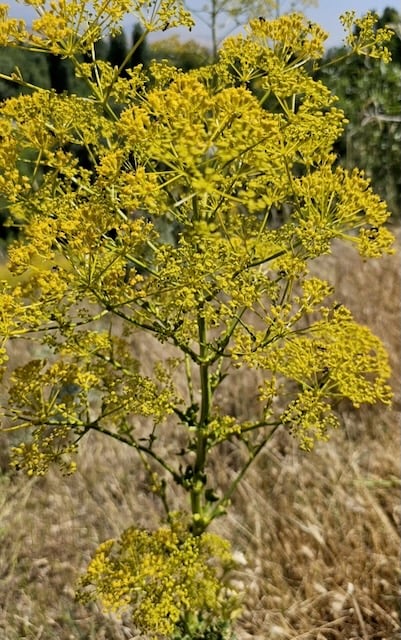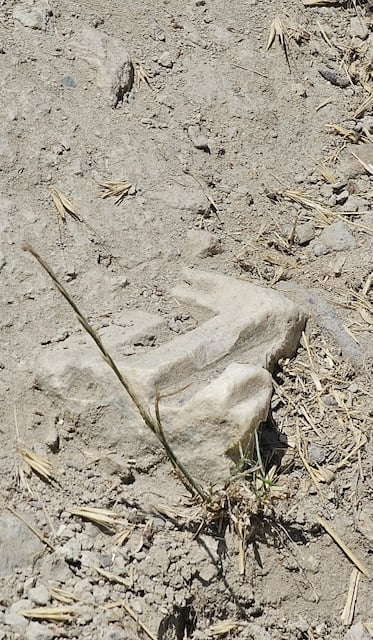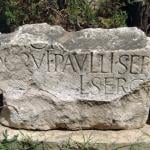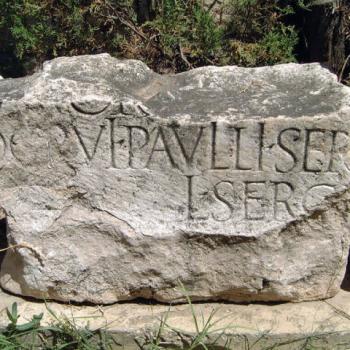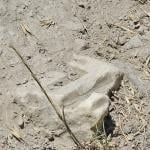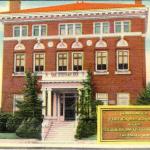Below you see a map which highlights the three major cities of the Lycus valley and their location in Turkey.
For decades and decades, Biblical scholars have been hoping and waiting for the tel or mound at Colossae to be finally excavated to see what’s left of the city that was destroyed in the A.D. 60s, but later rebuilt without Rome’s assistance. Well I am very happy to report, having just recently returned from there, that by the time I’m writing this, the excavation should have begun, under the supervision of Prof. Shimshek’s assistant (the archaeologist who for many decades supervised the huge dig at nearby Laodicea).
It seems clear from the mound itself, that Colossae was the smallest of the three major cities of the Lycus valley, the other two being gigantic Laodicea, and Hierapolis, a religious pilgrimage city named after the priests of the Plutonium cult. Here are a few pictures I recently took.
In the background, beyond the purple thistles you see Mt. Honus, which is so tall it still has snow on it in June. You also see the nearby modern town of Honaz. The mound you see in the distance in this picture below, is probably the acropolis.
Here below are my doctoral students climbing to the top of the mound…..its quite a slippery slope, especially coming down. Picture some of my students sliding down on their bums.
There are lots of beautiful wild flowers here….
More importantly there are marble fragments of the meander pattern sticking out of the mound, making clear it ought to be excavated.
It does not appear that Paul ever visited this city, but one of his co-workers, Tychicus seems to have planted this church and continued to work with it. Paul will have written this letter before the earthquake in the later 60s, presumably while under house arrest in Rome in the period 60-62 A.D. The letter is interesting for several reasons, not the least of which is Paul’s comment advising the Christians there not to get caught up in observing Jewish religious days such as new moon festivals and sabbaths. There is also a crucial statement about the ‘isotes’ of slaves with their masters– namely their equality and equal sacred worth with their masters. Not to mention the Christological significance of what is said about the Son of God being involved in the work of creation– being first or uniquely involved in creation, and also the first to receive a resurrection body, the beginning of the eschatological fulfillment promised in Dan. 12. See my socio-rhetorical commentary on Colossians which is paired with Ephesians and Philemon.
I’m pleased to report that the Tutku tours company is support this dig.


